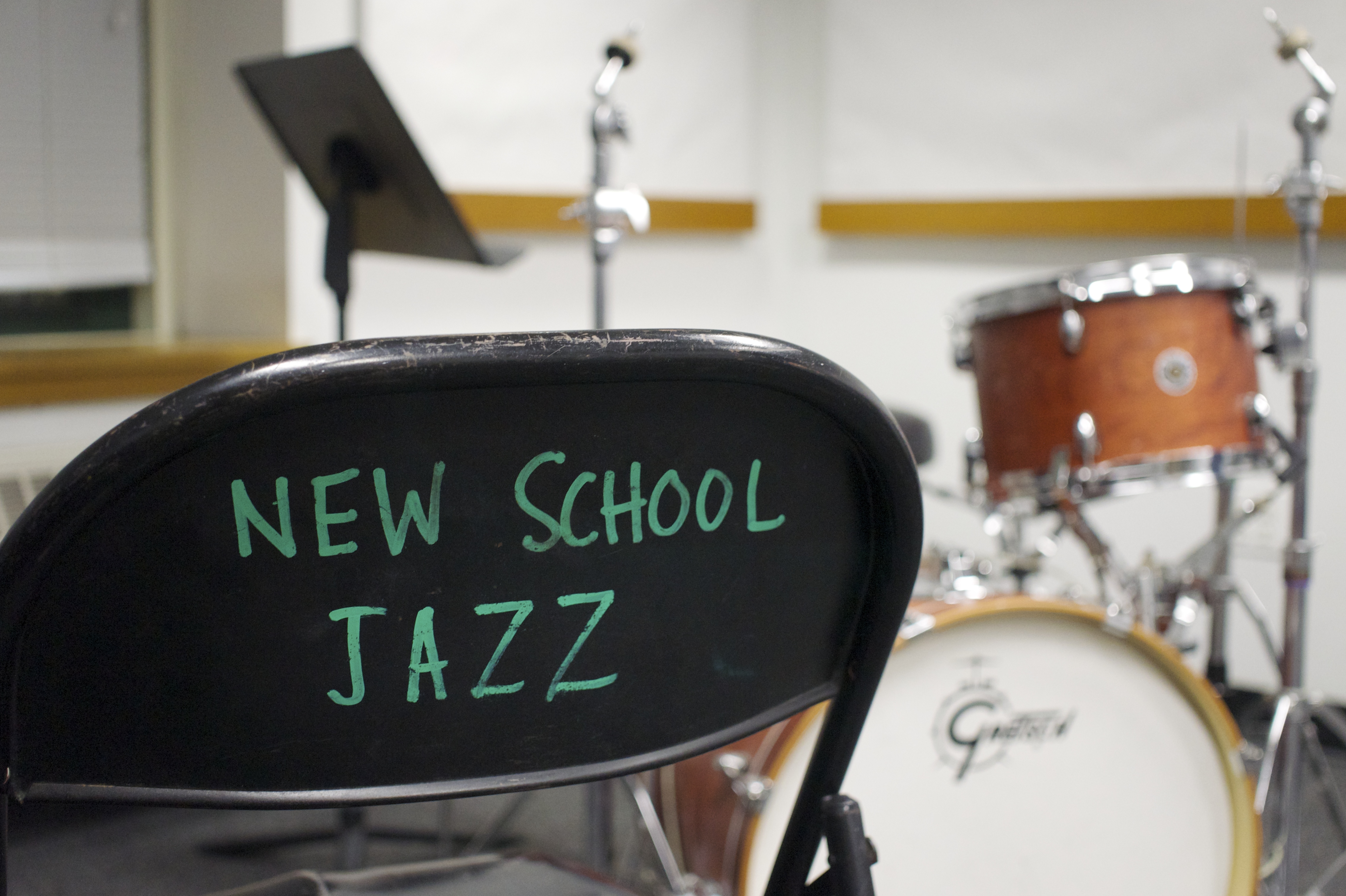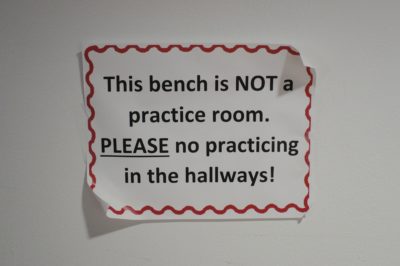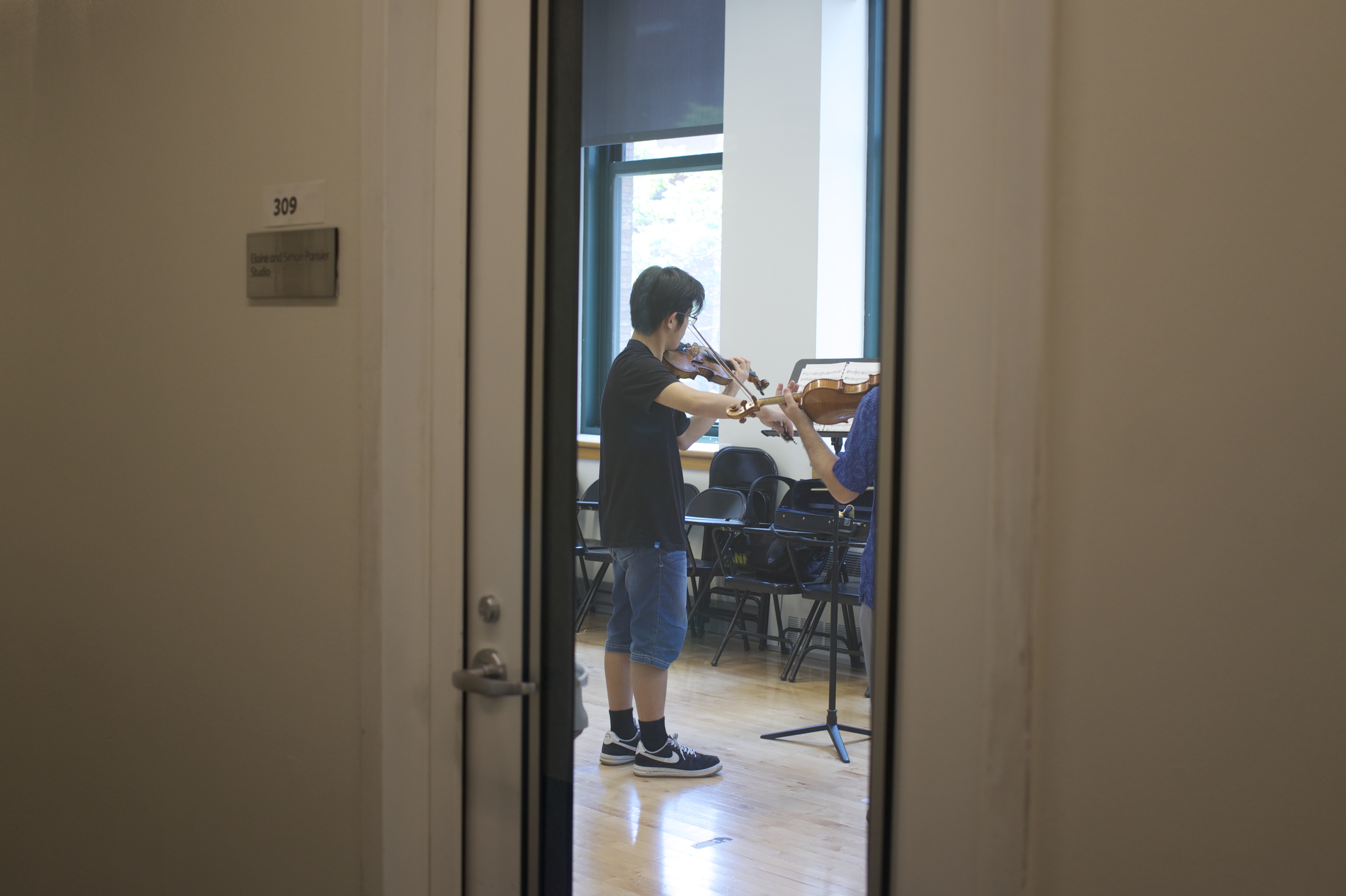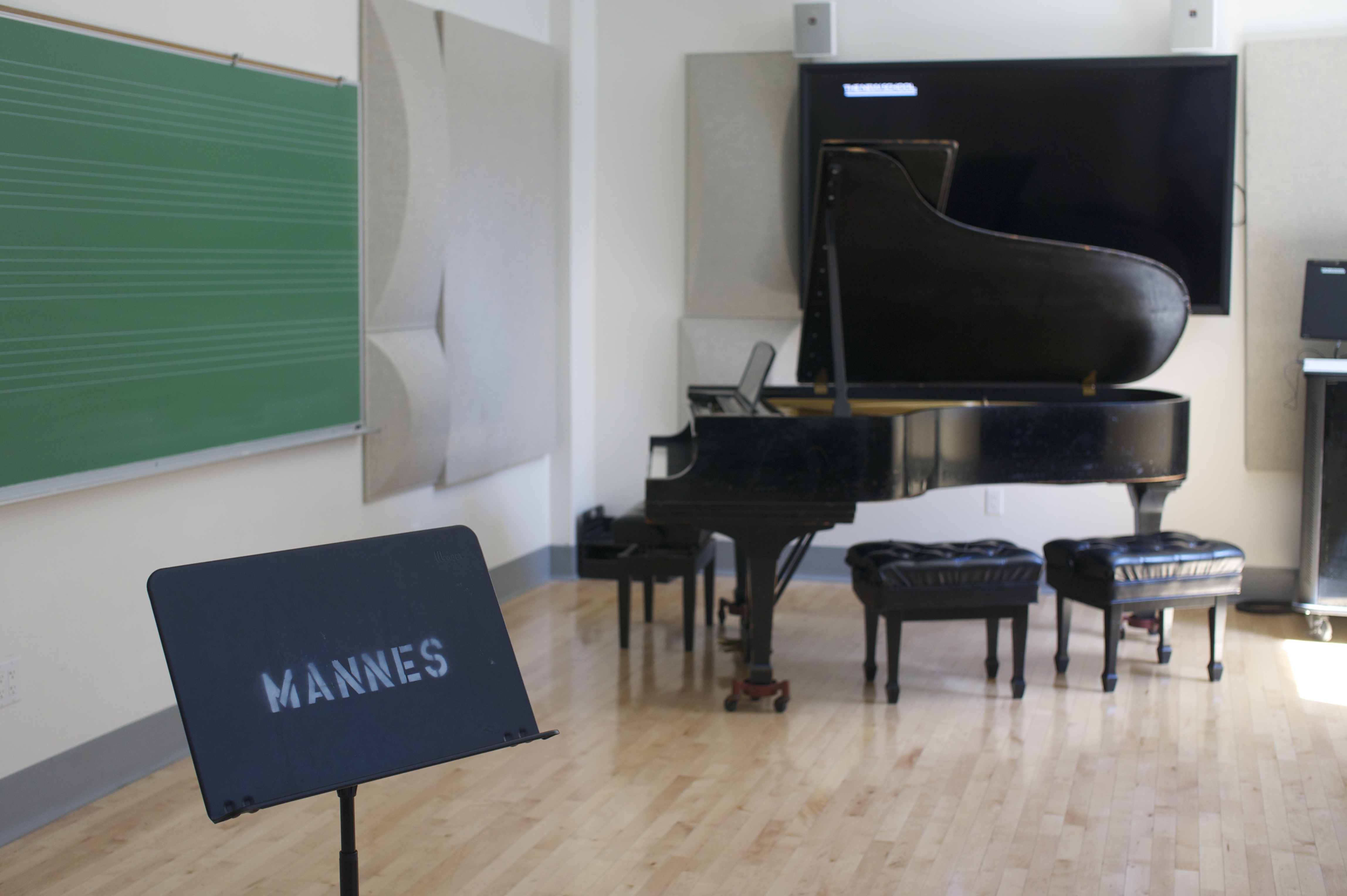For musicians, practice space is hard to find. It’s even harder to find in a city of nearly 8.5 million where apartments are cramped and real estate prices are high. Many student musicians turn to their schools to find the necessary practice space, but it turns out that schools struggle to provide that space as well.
The New School for Jazz and Contemporary Music faculties webpage says it provides “state-of-the-art” facilities for students, including “practice rooms are equipt with what a student needs to grow and develop their discipline.” The performance spaces on the 4th & 5th floors of Arnhold Hall and Tishman Auditorium are state-of-the-art, as the spaces were acoustically designed for live music performance. The sound equipment in the recording studio provided for students is also state-of-the-art.
However, the floors primarily used by Jazz students have only received minor updates in the past 30 years, according to Matthew Sullivan, Chief of Staff at COPA.
In the fall of 2015, Mannes moved downtown from its former home on the Upper West Side. Arnhold Hall on W. 13th St. is now the location of the newly formed College of Performing Arts at The New School. It took around nine months for the school to complete renovations done to convert multiple floors of Arnhold Hall into music spaces, according to Sullivan. COPA is comprised of three previously independent schools, Mannes School of Music, The School of Jazz and The School of Drama. This has made for easier collaboration between students from all schools, as well as the ability to cross-register for courses without having to travel uptown.
Jazz and Contemporary Music currently occupy the fifth and sixth floors of Arnhold Hall. Students complain that the Jazz practice rooms are sub-par. Many students at Jazz play loud instruments that they cannot practice in their apartments or dorms. They need practice rooms at the school.
“They built these great spaces [at Mannes] to practice in, and what they need to do for Jazz is soundproof the practice rooms,” said Cemre Necefbas, a BA/BFA Jazz and Lang contemporary music student and student senator.

“Our practice rooms aren’t very soundproof,” Necefbas said. “As a singer, if I’m next to a trumpet player, a saxophone player or a drummer, it’s tough to practice.”
“Many of the rooms are not soundproofed well, making it very difficult to have rehearsals and practice,” said Hattie Simon, a vocalist at Jazz. She said that the issue was “a huge problem with the practice rooms on the Jazz floors.”
Dr. Keller Coker, the newly appointed Dean of Jazz and Contemporary Music, has plans to address this issue. “I’ve had meetings with the facilities and equipment people to ask them what they’ve tried and what’s been planned,” he said. “The next phase for the remodeling of this building [Arnhold Hall] is remodeling the fifth and sixth floors. So the practice rooms probably aren’t going to get better until that happens. That’s going to be a big part of my job.”
“There’s so much bleed-through that it makes some of the classrooms unusable,” Coker acknowledged.
But Coker pointed out that the fix may not be more or better practice rooms, but rather access to larger classrooms and performance spaces. “Even the best practice rooms are not all that healthy for your ears. If you’re playing piccolo in a practice room for two hours, you’re going to damage your ears no matter how good the room is,” he said.
“We’re trying to find different ways to have larger spaces to be available for students to practice in. The school I was at before ended up having a 24-hour building policy so that students could have access to larger rooms, which is so much healthier,” Coker said. The Arnhold Hall music practice rooms are not open 24-hours, although the University Center is now open 24/7 which allows late night studio access for Parsons students.

Currently, the performance spaces on the fourth and fifth floors of Arnhold Hall are not available for “student rehearsals, photo shoots, jam sessions or practice sessions under any circumstances,” according to the Jazz Facilities and Equipment Handbook found on the facilities webpage.
“I practice in Arnhold Hall in the new practice rooms usually,” said Julie Kim, a cellist and freshman at Mannes. “They’re pretty nice, most of them are solidly soundproof.” Speaking of the older practice rooms on the fifth and sixth floors Kim said, “It’s so cramped!”
Matthew Sullivan, Chief of Staff at COPA says that floors five and six are far from perfect. While there are no concrete plans at this time for further large-scale renovations at Arnhold Hall,” he said, “Everyone acknowledges that there is more work to be done at Arnhold Hall, especially to floors 5 and 6, which have received only minor upgrades over the course of the last thirty years.”
Since Mannes and Jazz joined COPA, attempts are being made to lessen the divide between the schools by allowing all students to use all practice rooms. All Jazz administrative offices and nearly all Jazz classes are held on the fifth and sixth floors, which has created a community of Jazz students specifically on those floors.
“All the practice rooms are available to everybody. It’s first-come, first-serve to get the good ones,” Coker said. Students are only guaranteed “10 hours of scheduled practice time” according to the Jazz facilities webpage.
Sullivan echoed the same statement, “All Mannes and Jazz students have equal access to practice spaces at Arnhold Hall and have had equal access from the day that Mannes moved to Arnhold Hall almost two years ago.”

Lang contemporary music students do not get use of the COPA facilities in Arnhold Hall at all. Sadie Glenn, Lang contemporary music student who studies voice and plays the flute said, “I normally use the very small practice rooms in Stuy [dorms], because I live there.”
Kerrey Hall, the dorm within University Center, offers four 24/7 practice rooms available for students who do not live on campus and those who live in Kerrey Hall. Students are allowed to book 2 hours a day and the size of the spaces cannot accommodate large instruments or ensembles.
Evan Rapport, the Chair of Contemporary Music, has attempted to alleviate this issue by offering one practice room at Lang. “We tried carving out practice space at Lang, but it didn’t really work out. We probably will try again in the near future,” he said, citing low student interest.
Despite the availability of practice rooms in every dorm, students report that pianos are not tuned and the rooms are not soundproofed. “When you go down there [to the Stuy dorm practice rooms in the basement] you can hear everyone and everyone else hears you,” Glenn said. Some of doors are broken and don’t close completely. “I don’t think it’s a very conducive environment to practice in. It doesn’t give you any clarity of sound,” she added.
Necefbas, who is also studying contemporary music at Lang, said “If [the school] is aiming to get singer-songwriters or people who are interested in producing, obviously they’re going to need more room for practice.”
Photos by Hannah Emmert.







